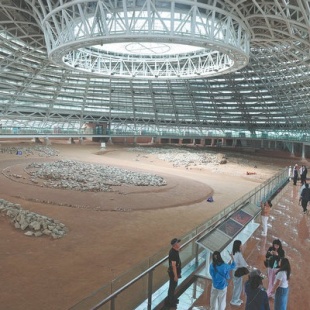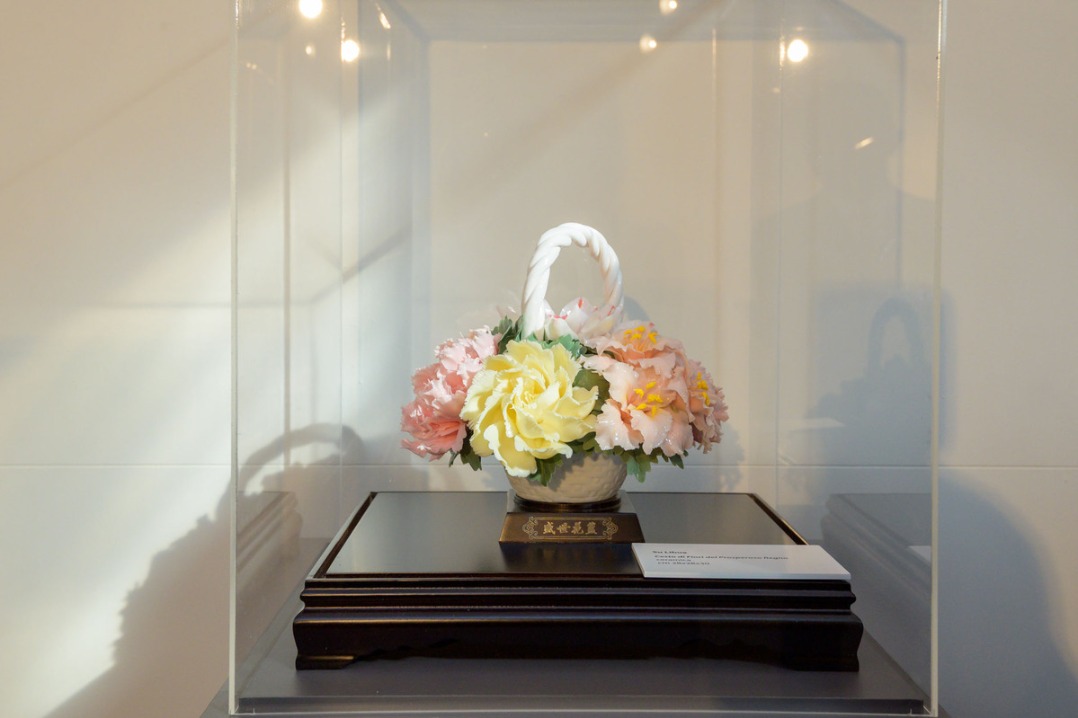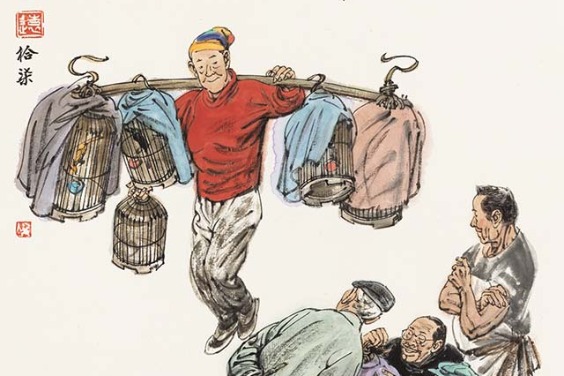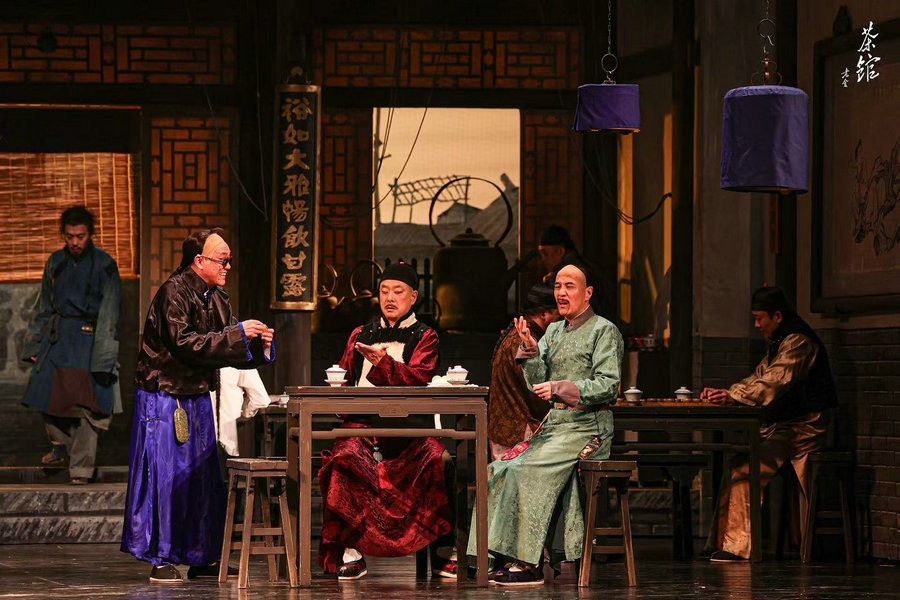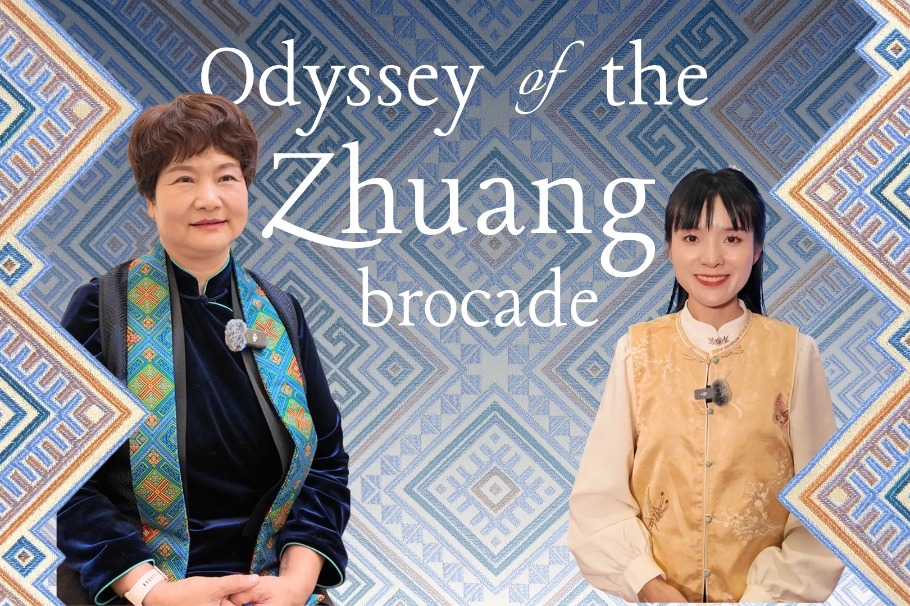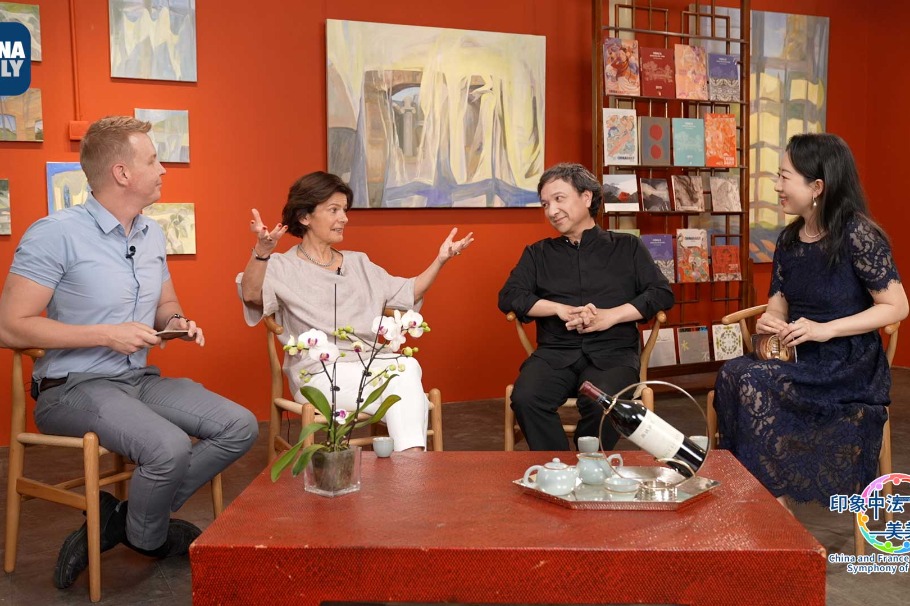Prehistoric echoes of our future
Global scholars explore how Chinese civilization's roots nourish profound modern vitality, report Fang Aiqing and Wu Yong in Chaoyang, Liaoning.

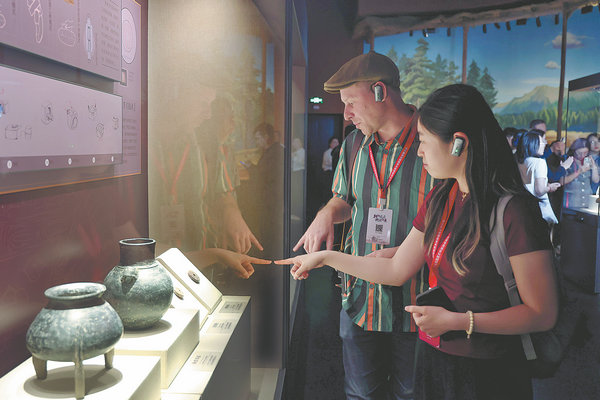
Dating back around 5,000 to 5,800 years, the Niuheliang archaeological site in Chaoyang constitutes the largest known site complex of Hongshan culture.
Since the 1980s, ritual monuments such as a temple dedicated to a goddess, a three-tiered circular altar and rubble mound tombs have been discovered, along with jade ware featuring Chinese dragons, various animal and human figures, painted pottery items and stone tools.
At the temple, archaeologists unearthed a life-size clay head sculpture of a goddess in 1983. The sculpture was found attached to a wall, suggesting it was likely an object of worship. High-level tombs of Hongshan were buried only with jade items. Distinct jade types and their combination signaled the social status of the deceased.
A central axis has been observed, with major monuments symmetrically laid out. Not far south of the rectangular goddess temple are the sacrificial altar and rubble mound tombs.
A similar arrangement emphasizing rituals was seen in the urban planning of ancient capitals like Beijing's Temple of Heaven and Imperial Ancestral Temple, both built during the Ming Dynasty (1368-1644).


